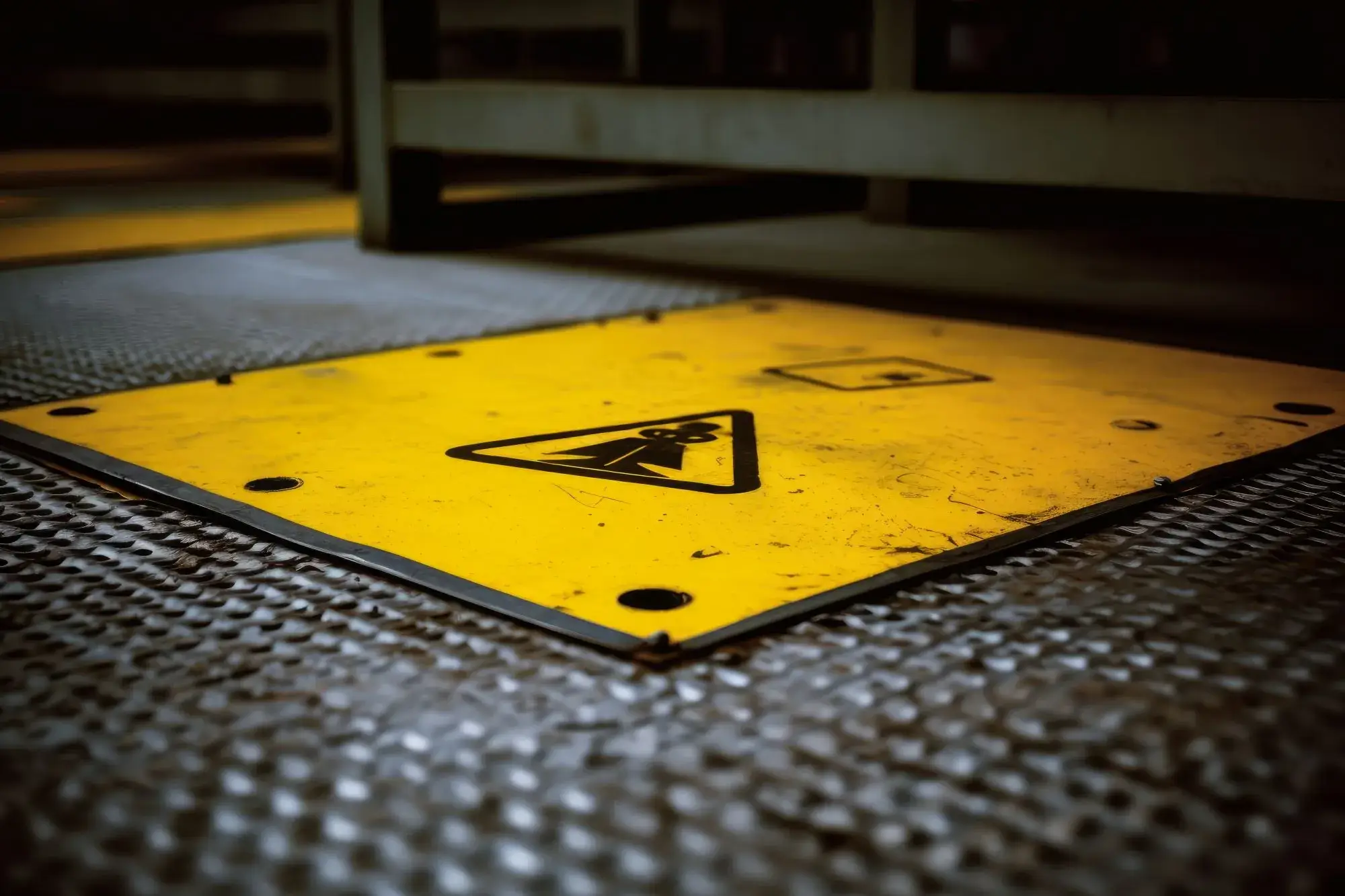In the modern workplace, electricity is the invisible workhorse that keeps operations humming smoothly. Nevertheless, electricity carries inherent risks for all its advantages, especially in industrial environments teeming with electrical equipment.
To mitigate these risks, employers and staff must focus on safety measures, including using health and safety floor mats. So, if you’re considering fortifying your company’s workplace against electrical hazards, read on as this guide provides essential insights.
What Is Electrical Safety Matting?
Electrical safety matting is a specialized flooring that insulates workers from electrical shocks. These mats serve as an extra layer of protection in environments with a risk of electrical shock, such as those with electricity-powered machinery or high-voltage equipment. Made from insulating materials such as rubber, polyvinyl chloride (PVC), or vinyl, they have engineered features to enhance safety performance.
Unlike standard industrial mats, electrical safety mats are designed to endure different voltage levels. They come with a voltage rating that indicates the maximum amount of electrical charge they can safely insulate against. Additionally, these mats often feature slip-resistant surfaces to minimize the risk of falls, adding another layer of safety.
Moreover, they’re usually designed to be resistant to oils, acids, and other chemicals commonly found in industrial settings. This chemical resistance ensures that the mat’s insulating properties are not compromised, which is critical for maintaining a safe working environment.
Importance Of Electrical Safety Matting
Understanding the importance of electrical safety matting goes beyond simply acknowledging it as a layer of protection; it’s about recognizing the severe consequences of electrical hazards in the workplace. According to the Electrical Safety Foundation International (ESFI), hundreds of deaths and thousands of injuries related to electrical incidents occur yearly in the United States alone. The implications aren’t just physical harm; there are emotional and financial repercussions for the individual and the organization.
When electrical accidents happen, they frequently disrupt operations. Investigators might seal off the affected area, and you might have to take machinery offline, leading to production or service delays. These disruptions can quickly accumulate costs and impact the company’s bottom line.
Furthermore, ignoring the importance of electrical safety measures, including safety matting, can expose companies to legal risks. Lawsuits related to workplace accidents can result in hefty financial penalties and damage an organization’s reputation, making it challenging to attract skilled labor and retain existing staff.
Key Features to Consider
Carefully consider several factors when choosing the proper electrical safety matting to ensure worker safety and legal compliance.
That said, here are some vital aspects to think about:
- Material: Manufacturers often utilize rubber and PVC, but their quality can differ. Look for top-notch, industrial-grade materials explicitly designed for electrical insulation. Southern Electrical Services and other reputable electrical companies install high-quality electrical safety matting materials tailored to meet a property’s specific needs.
- Voltage Rating: This is one of the most critical factors to consider. The mat should have a voltage rating that aligns with the highest potential voltage in your work environment. A mismatch here can result in inadequate protection.
- Chemical Resistance: If your workplace deals with chemicals, oils, or solvents, choose a mat resistant to these substances to ensure it remains effective over time.
- Ease of Maintenance: Mats that you can easily clean and maintain tend to last longer and provide better long-term value. Determine whether you can wash them easily or if they need special cleaning agents.
Choosing the right features in electrical safety matting underscores your commitment to workplace safety. It shields your team from potential risks and enhances a focused and safe work atmosphere, promoting well-being and productivity.
How To Maintain Safety Mats
Keeping up with your electrical safety mats isn’t a one-time event but an ongoing process essential for safety and cost-effectiveness. A well-maintained mat offers optimal protection and lasts longer, providing a better return on investment.
Here are some critical considerations for mat maintenance:
- Cleanliness: Keeping the mat free from dirt, debris, and chemical spills is essential. A dirty mat may not provide adequate insulation and could become a slipping hazard. Regular cleaning with approved cleaning agents is advisable.
- Inspection: A visual and physical check should be part of your maintenance routine. Look for signs of wear and tear, such as cracks, abrasions, or discoloration. Replace damaged or worn-out mats immediately to maintain continuous safety.
- Storage: Proper storage becomes crucial if you use the mats sparingly. Roll them up and keep them in a clean, dry area to avoid moisture, which can affect the mat’s insulating properties. Avoid placing heavy objects on top of rolled mats, as this could cause them to deform.
Adhering to these maintenance practices signals a solid commitment to safety within your workspace. It elevates the effectiveness of your safety mats and fosters a work environment where team members feel valued, secure, and responsible.
Conclusions
In a world where workplace safety is vital, electrical safety matting acts as a frontline defense against electrical hazards. Using and upkeeping these mats goes beyond compliance; it’s an investment in your team’s welfare and your organization’s lasting success. The advantages go beyond the tangible, fostering a culture of safety and responsibility that can differentiate your business. Act now to improve workplace safety standards and safeguard your most valuable resource: your workforce.
